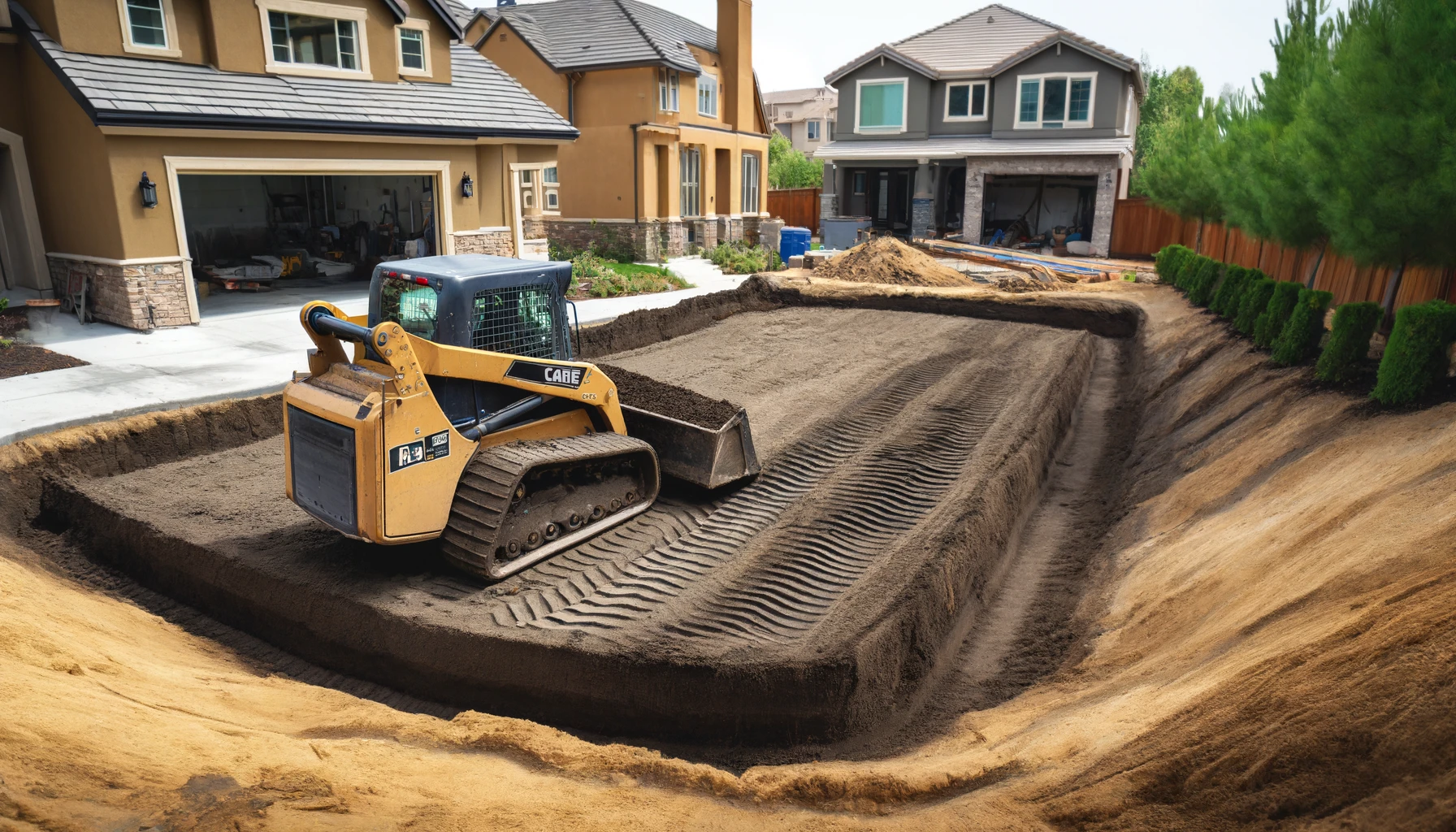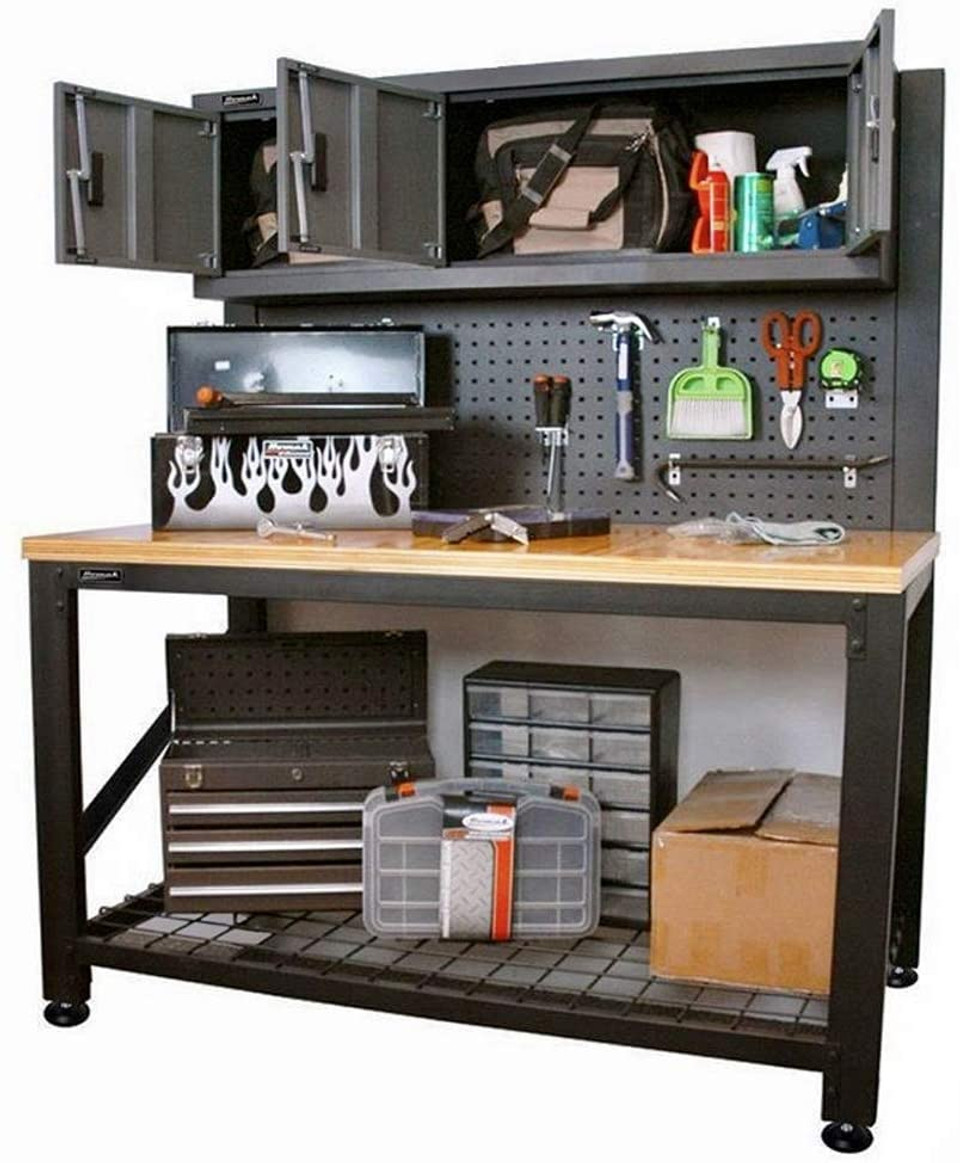Home grading, often referred to simply as “grading,” is a crucial process in landscaping and construction that involves leveling or sloping the ground around a home. This practice is vital for effective water drainage and preventing foundation damage. Understanding the intricacies of home grading can help homeowners maintain their property’s integrity and enhance its curb appeal. This blog delves into the advantages and disadvantages of home grading, recommended tools, and essential tips for anyone looking to undertake this project.
Pros of Home Grading
Home grading offers several benefits that can significantly enhance the functionality and aesthetic appeal of a property:
- Improved Drainage: Proper grading prevents water accumulation around the foundation, reducing the risk of water damage.
- Enhanced Curb Appeal: A well-graded lawn enhances the overall appearance of the property.
- Increased Usability of Land: Leveling sloped areas can make land more usable for activities like gardening or recreational spaces.
- Prevention of Erosion: Grading helps in controlling soil erosion by stabilizing the soil.
- Boosts Property Value: Effective grading can increase a property’s market value by improving its safety and appearance.
Home grading ensures that water flows away from the building, which is crucial for maintaining the structure’s integrity and preventing costly repairs.
Cons of Home Grading
Despite its benefits, home grading comes with its set of challenges:
- Initial Cost: The upfront cost of grading can be high, depending on the land’s size and topography.
- Maintenance: Graded areas may require regular maintenance to keep them in optimal condition.
- Complexity: Grading must be done correctly to avoid future issues; improper grading can lead to significant problems.
- Permits Required: In some regions, grading work may require permits, adding to the project’s complexity and cost.
- Potential Damage to Existing Landscape: The process can disrupt existing landscaping, necessitating additional restoration work.
Homeowners should weigh these cons against the potential benefits, considering both the short-term impacts and long-term gains.
Recommended Tools for Home Grading
For a successful home grading project, having the right tools is imperative:
- Laser Level: For precise measurements of slopes and levels.
- Grade Rod: Essential for accurate elevation measurements.
- Wheelbarrow: For transporting soil and other materials.
- Shovel: Necessary for moving dirt and fine-tuning the grade.
- Landscaping Rake: For smoothing out the soil after grading.
Investing in high-quality tools can streamline the grading process, making it more efficient and effective.
Comparisons: Manual vs. Machine Grading
Comparing manual and machine grading methods shows distinct advantages for each approach:
- Manual Grading: Best for smaller, more delicate areas where precision is crucial. It allows for detailed control but can be labor-intensive and time-consuming.
- Machine Grading: Ideal for large areas. Machines such as graders and bulldozers can complete the work much faster but may not be as precise as manual techniques.
Choosing the right method depends on the project’s size, the terrain’s complexity, and the desired precision level.
Tips & Tricks for Effective Home Grading
Enhance your home grading project with these practical tips:
- Plan Ahead: Carefully plan the project to avoid common pitfalls and ensure all necessary tools are available.
- Check Local Regulations: Always check local building codes and regulations before beginning.
- Hire Professionals When Necessary: For complex projects, hiring a professional can save time and prevent costly mistakes.
- Monitor Rainfall Patterns: Understanding local weather patterns can help in designing an effective drainage plan.
- Maintain Regularly: Regular maintenance ensures the grading remains effective over time.
These tips can help homeowners achieve better results and avoid common grading errors.
FAQs About Home Grading
Q: How often should I check the grading around my home?
A: It’s advisable to check your home’s grading at least annually or after significant rainfall to ensure it remains effective.
Q: Can I grade my property myself?
A: Yes, for smaller projects, DIY grading is feasible. However, for larger or more complex tasks, professional assistance might be necessary.
Cost Considerations
The cost of home grading can vary widely based on the project’s scope, the land’s size, and the method used. Generally, homeowners can expect to spend anywhere from a few hundred to several thousand dollars. It’s essential to get multiple quotes and plan for potential overruns.
Updates and Future Considerations
As environmental conditions and building standards evolve, the practices and techniques in home grading are also expected to advance. Future considerations include more sustainable practices and advanced technologies to ensure efficient water management and soil stability.
Conclusion
Home grading is a crucial aspect of property maintenance that protects the structural integrity of your home and enhances its aesthetic and functional appeal. By understanding the pros and cons, utilizing the right tools, and following practical tips, homeowners can effectively manage and execute home grading projects.







